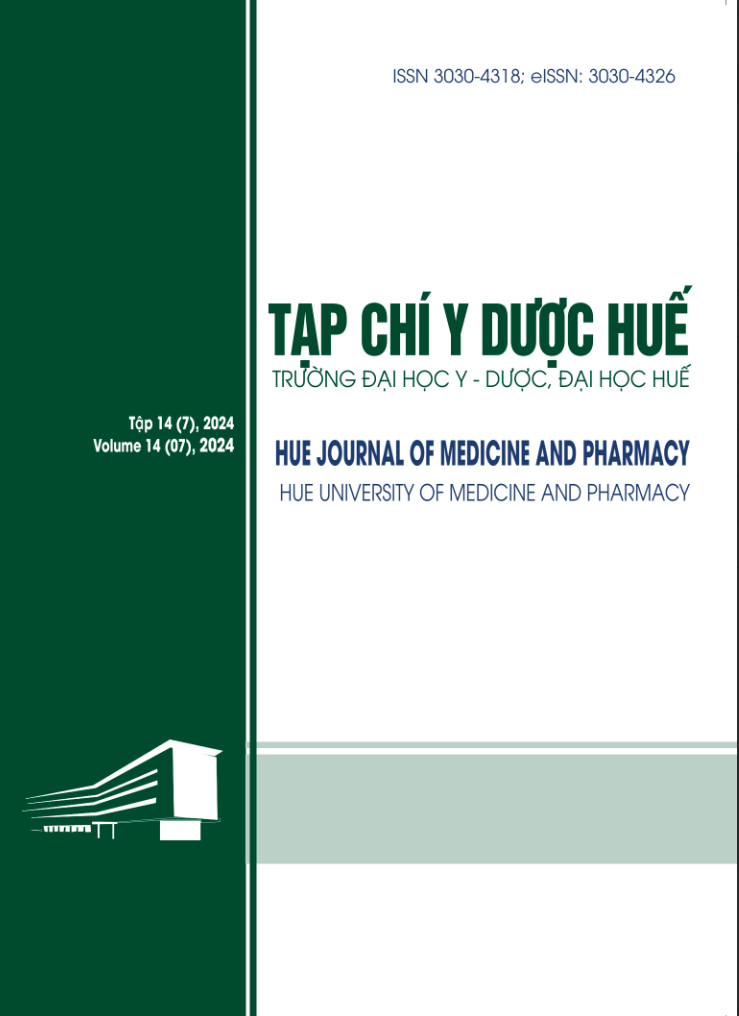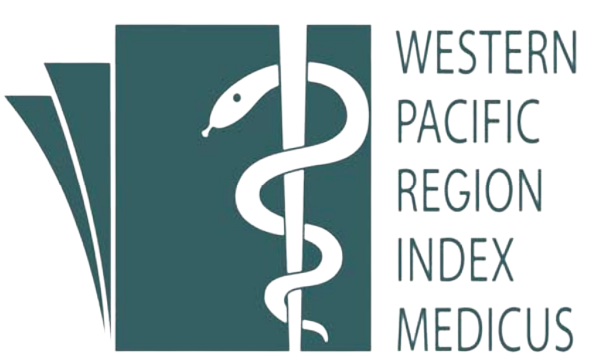Abstract
Background: Postoperative pain is a significant issue for pregnant women, particularly with the rising rates of cesarean sections. Pain following a cesarean section can limit a woman’s mobility, hinder her ability to care for her child, and slow her recovery after surgery. Therefore, effective pain management after a cesarean section is of great importance. This study aims to investigate the characteristics of postoperative pain, the pain relief methods used, and the level of patient satisfaction with the effectiveness of pain relief after a cesarean section.
Research methods: This cross-sectional descriptive study involved 261 pregnant women who underwent cesarean sections in the postoperative room at the Department of Anesthesiology and Critical Care and the Department of Obstetrics and Gynecology, Hue University of Medicine and Pharmacy Hospital.
Results: The peak incidence of pain occurred 6 - 12 hours after surgery, affecting 42.1% of the patients, with no pain reported 48 hours post-surgery. During the first 24 hours after surgery, the VAS (Visual Analog Scale) scores at rest and during movement were significantly lower in the group using a combination of subarachnoid morphine conjunction with IV/rectally pain medications compared to the group using IV/rectally anagesia alone (p<0.05). Similarly, VAS scores at rest and during movement were lower in the transversus abdominis plane block group combined in addition to IV/rectally pain medications compared to the IV/rectally pain medications group alone yet higher than those in the group receiving subarachnoid morphine combined with IV/rectally pain medications within the first 36 hours post-surgery (p<0.05). All patients in the transversus abdominis plane block combined with IV/rectally pain medications group reported satisfaction with pain control. The overall satisfaction rate of the pregnancy is 66,28%, in which, the satisfaction levels in the groups using IV/rectally pain medications alone compared to those receiving subarachnoid morphine were similar in hospitalization time, with satisfaction rates of 65.3% and 66.7%, respectively.
Conclusion: Multimodal analgesia is more effective for pain relief than using medication alone. The use of subarachnoid morphine provides effective pain prevention
| Published | 2024-12-25 | |
| Fulltext |
|
|
| Language |
|
|
| Issue | Vol. 14 No. 7 (2024) | |
| Section | Original Articles | |
| DOI | 10.34071/jmp.2024.7.3 | |
| Keywords | VAS, subarachnoid morphine, transversus abdominis plane block, Postoperative pain after Cesarean Section. VAS, morphin khoang dưới nhện, tê TAP, giảm đau sau phẫu thuật lấy thai |

This work is licensed under a Creative Commons Attribution-NonCommercial-NoDerivatives 4.0 International License.
Copyright (c) 2024 Journal of Medicine and Pharmacy






